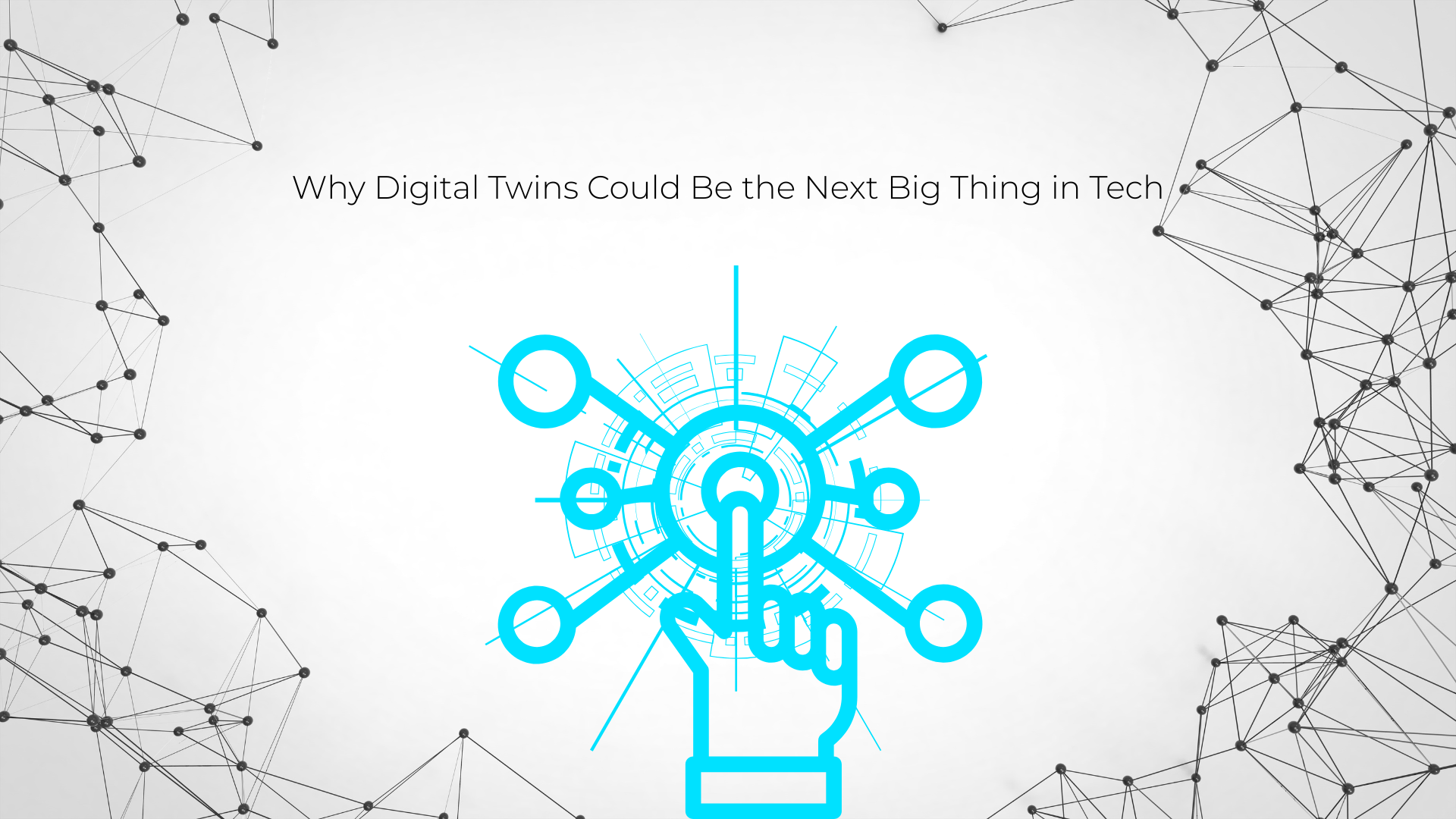Imagine having a virtual replica of a real-world object, system, or even an entire city that updates in real-time. That’s exactly what a Digital Twin is—a digital counterpart of physical entities that can simulate, predict, and optimize operations.
From manufacturing and healthcare to smart cities and space exploration, digital twins are transforming industries. But why is this technology gaining traction now, and how will it shape the future of tech?
1. What Are Digital Twins?
A Digital Twin is a real-time virtual model of a physical object or system. It continuously receives data from sensors, IoT devices, and AI algorithms, allowing businesses to:
- Monitor performance in real-time
- Simulate different scenarios before making real-world changes
- Predict failures and optimize maintenance
- Improve efficiency and reduce operational costs
Example: Car manufacturers use digital twins to simulate crash tests before building actual prototypes, saving time and money.
2. Why Are Digital Twins Becoming More Popular?
Several key advancements are fueling the growth of digital twins:
- AI & Machine Learning – More powerful AI models can analyze digital twin data faster and more accurately.
- 5G & IoT Expansion – Faster, more connected devices provide real-time updates to digital twins.
- Cloud Computing – Improved cloud storage and processing make digital twins more scalable and accessible.
- Increased Automation – Companies are shifting to predictive maintenance, reducing downtime and costs.
For example, Tesla uses digital twins for every vehicle it produces, monitoring car performance in real-time and deploying over-the-air updates when needed.
3. Industries Revolutionized by Digital Twins
Automotive & Manufacturing
- Simulating production processes to optimize efficiency
- Predicting equipment failures before they happen
- Designing safer, more energy-efficient cars
Healthcare & Medicine
- Creating digital twins of patients to test treatments before applying them in real life
- Simulating organ behavior for more accurate diagnoses
- Personalizing medicine based on real-time patient data
Smart Cities & Infrastructure
- Digital twins of entire cities help optimize traffic flow, energy use, and emergency response
- Governments can test policies and improvements virtually before implementing them
Aerospace & Space Exploration
- NASA uses digital twins of spacecraft to predict potential failures and plan missions
- Engineers test and refine spacecraft performance without physical prototypes
Example: Singapore has a digital twin of the city to test urban planning strategies before making real-world changes.
4. What’s Next for Digital Twins?
- The Metaverse & Virtual Worlds – Digital twins could bridge the gap between the physical and digital worlds, creating more realistic virtual experiences.
- AI-Driven Decision Making – As AI improves, digital twins will become even more intelligent, offering autonomous problem-solving in logistics, healthcare, and city planning industries.
- Personal Digital Twins – In the future, individuals might have digital versions of themselves to monitor health, predict illnesses, and optimize daily routines.
Example: Imagine an AI-powered digital twin that helps you plan your workouts, monitor your diet, and suggest lifestyle changes based on real-time data.
Final Thoughts: The Future is Digital
Digital twins are more than just virtual models—they transform industries by providing real-time insights, predictive analytics, and unprecedented efficiency. As technology advances, digital twins could become as commonplace as smartphones, shaping the future of business, healthcare, and daily life.
How do you see digital twins impacting everyday life? Would you trust a digital twin of yourself?

